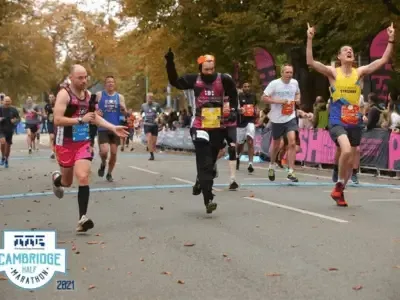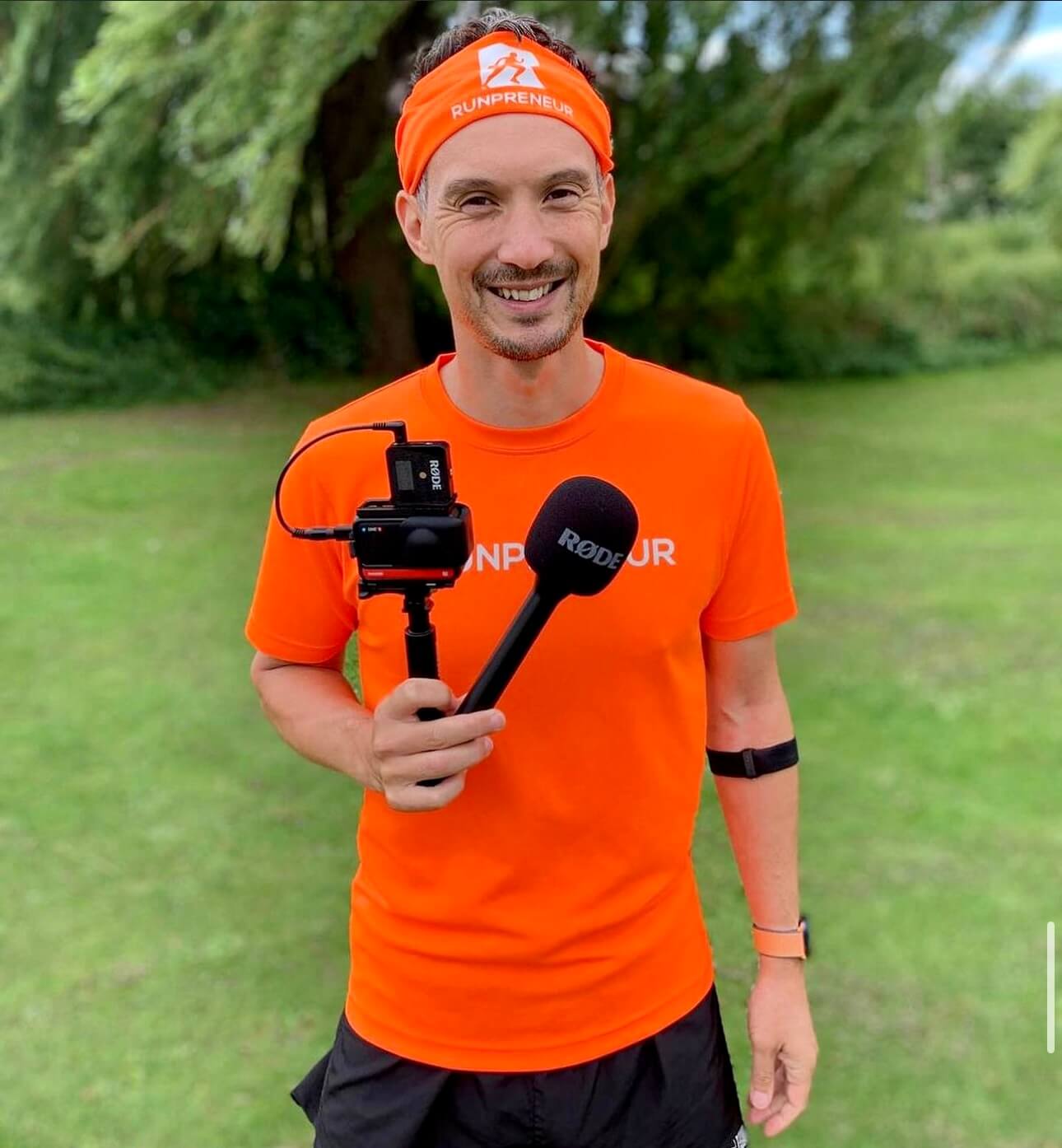Runpreneur Journey Blog
Embark on an extraordinary journey with the Runpreneur community. Discover inspiring stories, insider tips, and the transformative power of our global challenge. From first-time runners to seasoned athletes, our blog captures the essence of the Runpreneur movement, inspiring others to join the cause.

A Runner’s Battle with Plantar Fasciitis: Addressing Injury and Determination
A Runner’s Battle with Plantar Fasciitis: Addressing Injury and Determination
Welcome back to the diary of a Runpreneur. Today marks the 1062nd consecutive day of running, and in this episode, I delve into a serious issue that many runners can relate to—a significant foot injury believed to be plantar fasciitis.
In the running community, plantar fasciitis, or the dreaded PF, is a common yet stubborn injury. Typically referred to as inflammation of the sole’s ligament or tendon connecting to the Achilles, the condition presents a tricky challenge, especially for those of us who run daily. The symptoms can be debilitating, making every step a painful reminder of the injury’s presence.
For over a thousand days, barefoot-style running has been my go-to technique, which interestingly, has spared me from several injuries that traditional running shoes used to cause. However, after countless miles and the inevitable wear and tear, my left heel has started to exhibit the hallmark signs of plantar fasciitis. While self-diagnosis points towards PF, I plan to see a specialist soon for an official confirmation.
Typically, resting an inflamed tendon is the standard advice, but my mission is unique. The challenge to run every day as part of a philanthropic quest to stabilise the lives of children by attempting the ultimate ultra marathon leaves me with limited options. Intriguingly, I’ve discovered that running, as opposed to walking, might actually lessen the pain due to reduced heel strikes and the subsequent stretching of the tendon.
Although running eases the discomfort compared to walking, the inflammation remains a persistent adversary. Treatment thus far includes nightly icing, extensive stretching, and rolling out the tendon. These steps aim to keep the inflammation at bay, especially during the night when repair can optimally take place.
As I evaluate my situation, I remain cautious about the forthcoming marathon in October. Under the current circumstances, pushing for personal bests may need to be revisited. The priority is to heal without causing further damage—ultra and marathon running will not expedite recovery.
If the condition worsens, adjusting to minimal mileage, specifically down to 5k at a slow pace, might be necessary. Currently, my pace stands at 540 kilometre or nine-minute mile, which remains manageable, but constant vigilance and adaptation are key.
The crux of this story is simple yet vital: when injuries arise, understand them, seek professional diagnosis, and follow the recommended recovery procedures. While my personal commitment to this running challenge compels me to continue despite the pain, it is not advisable for everyone. My philanthropic dedication fuels this persistence, but caution and proper care remain paramount.
Thank you for joining me on this journey. If you have any questions or comments, feel free to reach out. Remember to subscribe, share, like, and comment because the more people we reach, the more we can support the children through my fundraising mission.
Stay positive, stay happy, and see you again tomorrow.
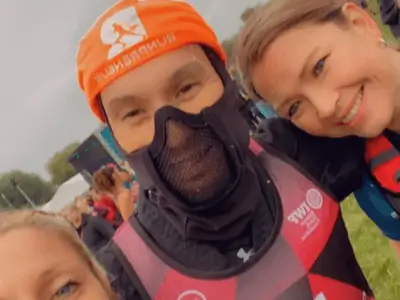
Kevin's 40,075km Challenge: Raising £1 Million for Children
Meet Kevin, a dedicated Runpreneur who embarked on an extraordinary journey to raise £1 million for children in need. Over the course of his 40,075km challenge, Kevin's unwavering determination and passion inspired thousands to join the Runpreneur movement.
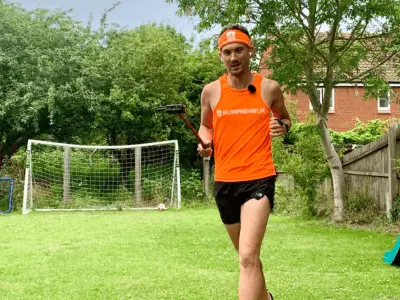
Runpreneur Vlogging: Capturing Kevin's Journey
Experience the Runpreneur challenge through the lens of Kevin's video diary. Witness his ups and downs, the camaraderie of the community, and the transformative power of running for a cause. Dive into the visual stories that capture the essence of the Runpreneur movement.

Empowering Children, One Step at a Time
As Kevin logged every kilometre of his 40,075km challenge, the true purpose behind his journey came into focus. Each step, each bead of sweat, fuelled essential healthcare, education, and nutrition programs for children in need around the world.
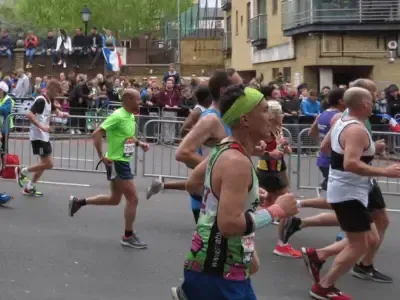
The Transformative 4x4x48 Challenge
Experience the thrill and personal growth of our iconic 48-hour running event. Witness the determination and resilience of Runpreneurs as they push their limits, one mile at a time.
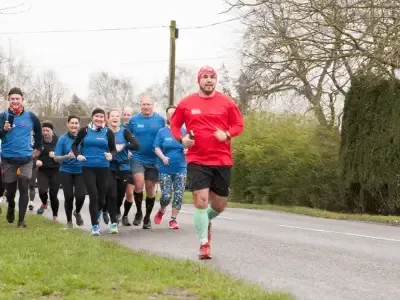
Runpreneur Vlogging: Capturing the Journey
Dive into the visual stories of our Runpreneurs as they document their experiences through engaging video logs. Witness the challenges, triumphs, and moments of camaraderie that define the Runpreneur spirit.
